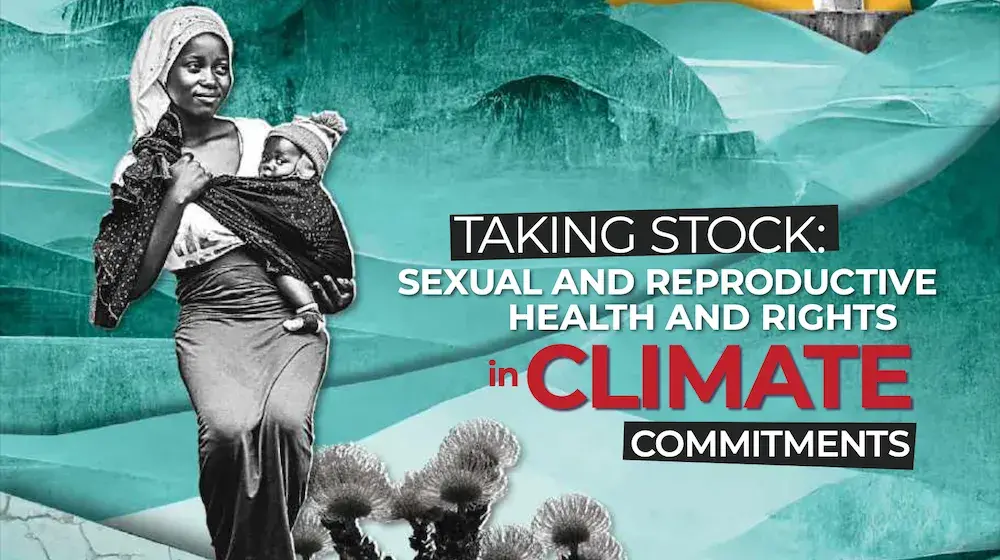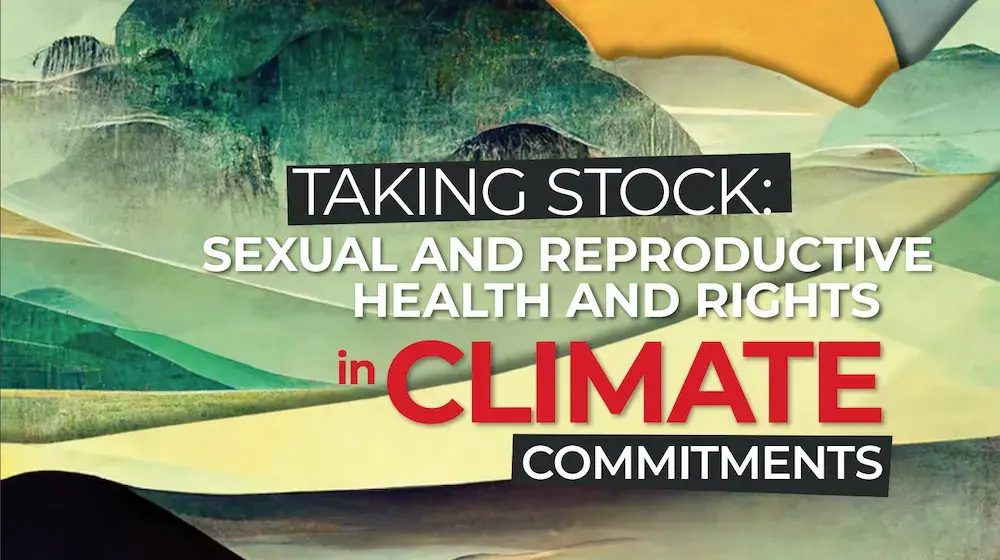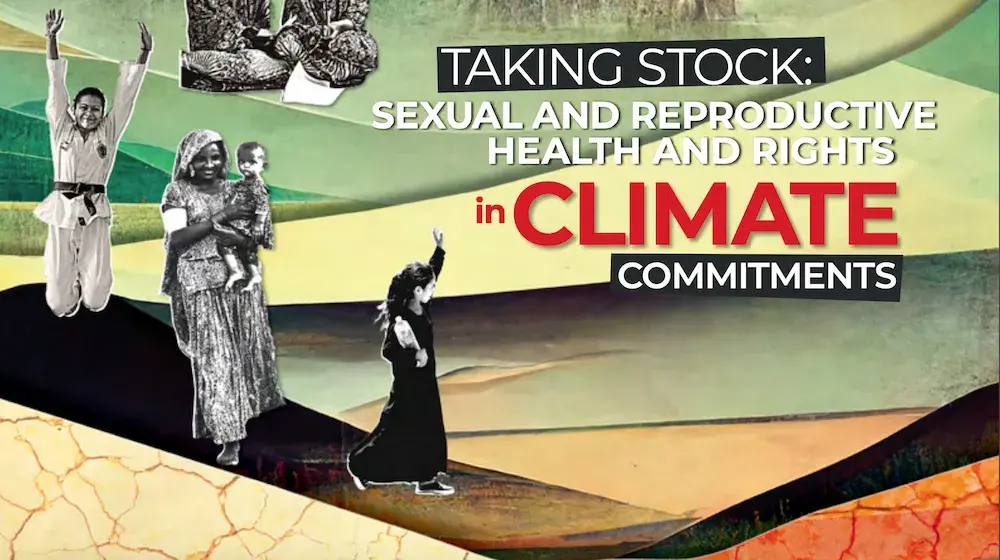The UN’s Humanitarian Chief, Mark Lowcock, has called for swift and determined action to avoid the most destabilizing effects of the COVID-19 pandemic as he releases a US$6.7 billion appeal and an updated global plan to fight coronavirus in fragile countries.
COVID-19 has now reached every country, with nearly 3,596,000 confirmed cases and over 247,650 deaths worldwide. The peak of the disease in the world’s poorest countries is not expected until some point over the next three to six months. However, there is already evidence of incomes plummeting and jobs disappearing, food supplies falling and prices soaring, and children missing vaccinations and meals.
The humanitarian system is taking action to avert a sharp rise in conflict, hunger, poverty and disease as a result of the pandemic and the associated global recession. Today’s updated Global Humanitarian Response Plan has been expanded in response. It includes nine additional vulnerable countries: Benin, Djibouti, Liberia, Mozambique, Pakistan, the Philippines, Sierra Leone, Togo and Zimbabwe, and programmes to respond to the growth in food insecurity.
Today’s new appeal and updated humanitarian response plan were released at a virtual event hosted by Mark Lowcock, alongside the Executive Director of WHO Health Emergencies, Mike Ryan; the President and CEO of Oxfam America, Abby Maxman; the UN High Commissioner for Refugees, Filippo Grandi; and the Executive Director of WFP, David Beasley. The plan was first launched by the UN Secretary-General in March.
UN Under-Secretary-General for Humanitarian Affairs Mark Lowcock said:
“The COVID-19 pandemic is hurting us all. But the most devastating and destabilizing effects will be felt in the world’s poorest countries. In the poorest countries we can already see economies contracting as export earnings, remittances and tourism disappear. Unless we take action now, we should be prepared for a significant rise in conflict, hunger and poverty. The spectre of multiple famines looms.
“If we do not support the poorest people – especially women and girls and other vulnerable groups – as they battle the pandemic and impacts of the global recession, we will all be dealing with the spillover effects for many years to come. That would prove even more painful, and much more expensive, for everyone.
“This pandemic is unlike anything we have dealt with in our lifetime. Business as usual will not do. Extraordinary measures are needed. As we come together to combat this virus, I urge donors to act in both solidarity and in self-interest and make their response proportionate to the scale of the problem we face.”
The COVID-19 Global Humanitarian Response Plan is the international community’s primary fundraising vehicle to respond to the humanitarian impacts of the virus in low- and middle- income countries and support their efforts to fight it. The plan brings together appeals from WHO and other UN humanitarian agencies. Non-governmental organizations (NGOs) and NGO consortiums have been instrumental in helping shape the plan. They are key partners in delivering it and can access funding through it.
The plan provides help and protection that prioritize the most vulnerable. This includes older people, people with disabilities, and women and girls, given pandemics heighten existing levels of discrimination, inequality and gender-based violence. The plan includes programmes that respond to the growth in food insecurity.
Dr. Tedros Adhanom Ghebreyesus, Director-General of WHO, said:
“The caseload in most countries in the Global Humanitarian Response Plan may seem small, but we know that the surveillance, laboratory testing and health systems’ capacity in these countries are weak. It is therefore likely that there is undetected community transmission happening. At the same time, confinement and other measures are having a major impact on essential health services. It’s extremely important to maintain these services, from vaccination to sexual and reproductive health, WASH and mental health.”
Abby Maxman, President & CEO of Oxfam America, said:
“NGOs, especially at the local level, are on the front lines of this crisis every day, and we are seeing that the most vulnerable among us are being hit the hardest. We are ramping up and adapting our response around the globe to provide life-saving aid such as clean water and sanitation, food, cash and other support. To make our response most effective, we now need to ensure our colleagues and partners have safe access to the most vulnerable communities and to see the rapid delivery of flexible funding. We owe it to our heroic colleagues and the communities they work with to keep their voices and needs at the centre of this response and to get this right.”
Filippo Grandi, UN High Commissioner for Refugees, said:
“The pandemic is inflicting deep wounds across our world. For people who fled wars and persecution, the impact on their mostly hand-to-mouth existence and on their hosts has been devastating. Together with our NGO partners, the UN is determined to stay the course and deliver for refugees, internally displaced, stateless people, and their hosts, and ensure their inclusion in public health responses and social safety nets. The needs are vast, but not insurmountable, and only collective action to curb the threat of the coronavirus can save lives. Timely, generous and flexible response from all our supporters is critical.”
David Beasley, Executive Director of the World Food Programme, said:
“On any given day, WFP offers a lifeline to nearly 100 million people. Unless we can keep those essential operations going, the health pandemic will soon be followed by a hunger pandemic. It is critical that the global community delivers a global humanitarian response – built around a strong logistics backbone – that will protect the world’s most vulnerable citizens from humanitarian catastrophe.”
Since the plan was first launched on 25 March, US$1 billion in generous donor funding has been raised. This includes US$166 million from OCHA’s pooled funds to support efforts across 37 countries, with US$95 million from the UN Central Emergency Response Fund and US$71 million from 12 Country-based Pooled Funds.
This has enabled:
- The installation of handwashing facilities in vulnerable places like refugee camps; and the distribution of gloves, surgical masks, N95 respirators, gowns and goggles, and testing kits to help vulnerable countries respond to the pandemic.
- The creation of new transport hubs from which supplies can be transported by air.
- More than 1.7 million people around the world, including health workers, to be trained in virus identification and protection measures through WHO’s online COVID-19 training portal.
Everything achieved so far has only been possible because of the generous funding from donors. It can only continue if additional funding is made available that is proportionate to the scale of the problem we face.
Analysis by the UN’s Office for the Coordination of Humanitarian Affairs shows that the cost of protecting the most vulnerable 10 per cent of people in the world from the worst impacts is approximately US$90 billion. This is equivalent to 1 per cent of the current global stimulus package put in place by OECD and G20 countries.
It calculates that two thirds of those costs could be met by the World Bank and the International Monetary Fund if they are supported to change the terms on which they help the most vulnerable countries. The remainder will need to come from increased official development assistance over the next 12 months.
Note to editors
The COVID-19 Global Humanitarian Response Plan May Update is coordinated by the UN’s Office for the Coordination of Humanitarian Affairs with inputs from UN agencies and NGO consortiums. The Plan complements plans by the Red Cross and Red Crescent Movement. The report is embargoed until 0001 EST / 0600 CET Thursday, 7 May.
For further information, please contact:
- OCHA New York: Zoe Paxton, + 1 917 297 1542, paxton@un.org
- OCHA Geneva: Jens Laerke, +41 79 472 9750, laerke@un.org




